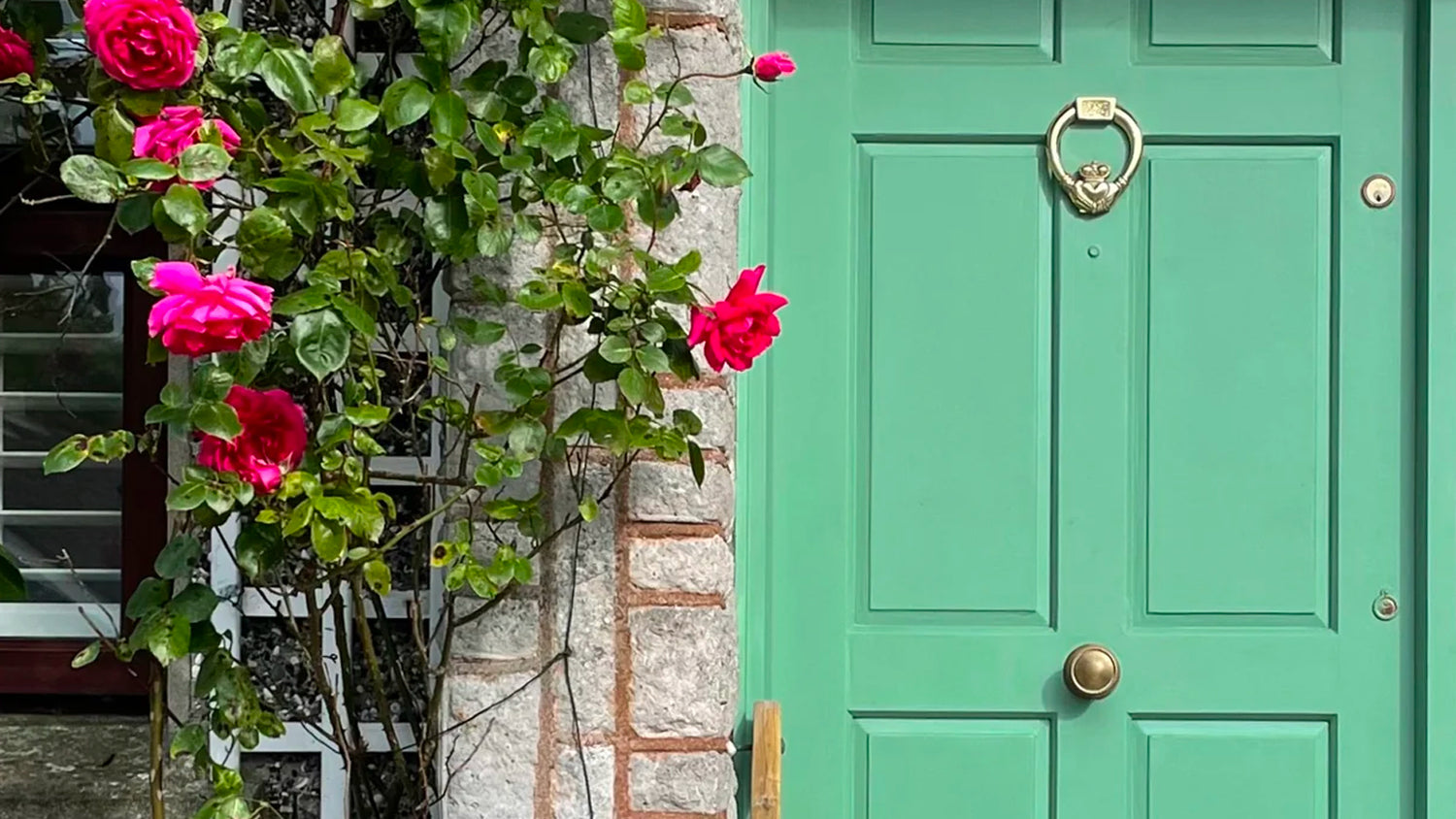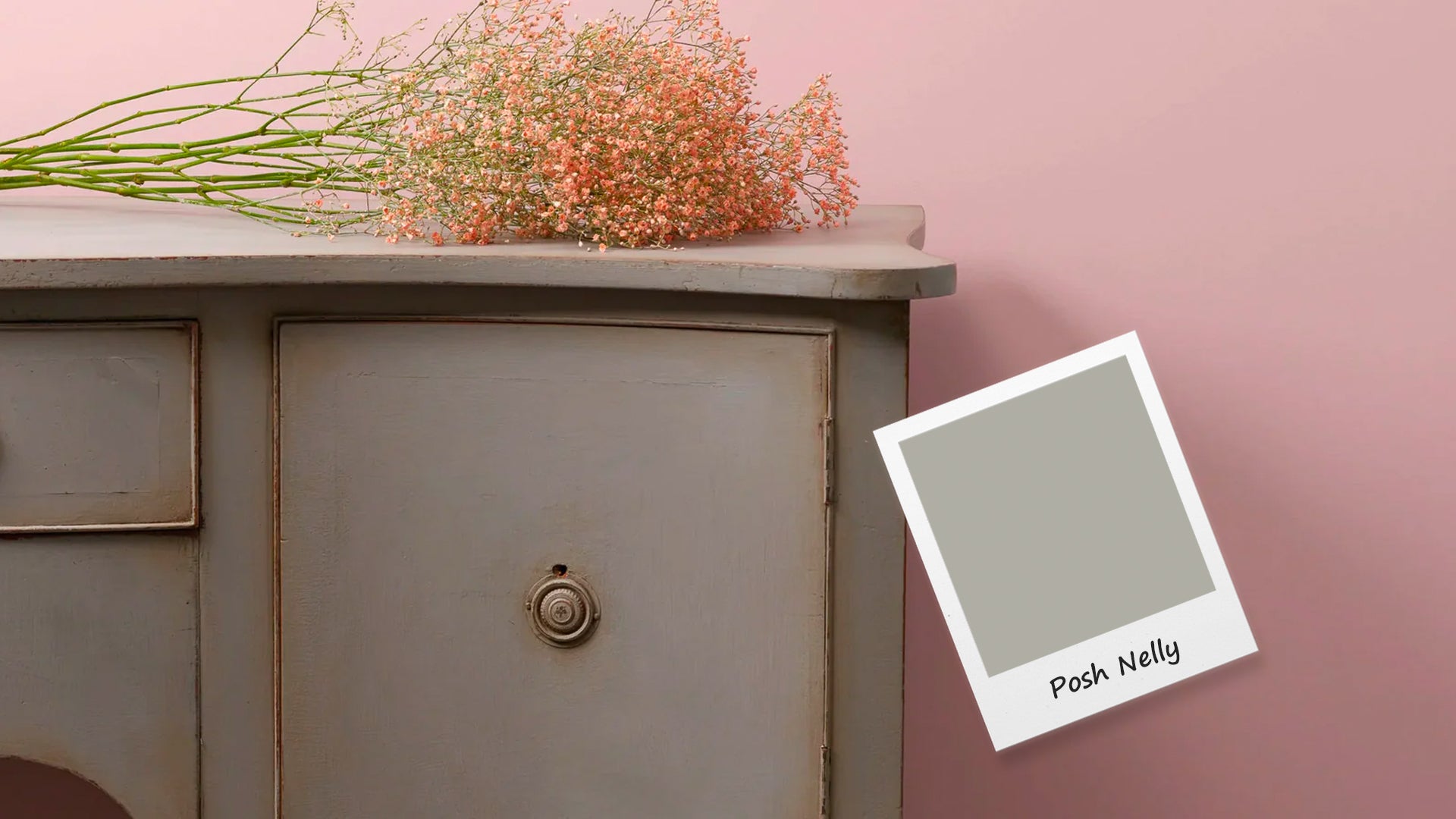Key FAQ Points
Painting outside is generally best reserved for warmer weather – it is not a good idea to paint in cold or damp conditions. However, hot conditions can also cause you problems! Key points are:
- Check weather conditions for when you are painting and for the following 48 hours.
- Do not apply paint in extremes of heat, direct sunlight, cold or damp conditions.
- Bear in mind that, depending on your location, certain times of year are not suitable for exterior painting.
---
Make sure the surface is dry
Firstly, the surface you want to paint needs to be thoroughly dry before applying the paint. Exterior wood, and other porous materials, can take a long time to dry following rain and/or preparation. That can sometimes take a number of days in unfavourable conditions.
Drying and initial curing
All paints need to time dry and cure properly. Not only to perform to their maximum in terms of durability, but also to give you a smooth, even finish. Why? The technical answer is that paint’s moisture content needs to evaporate effectively for it to fully bond to a surface and become hardened.
To do so, it requires the right ambient conditions to ensure the drying and initial curing process is effective. Read on as we take a closer look…
Checking the weather
Make sure the weather conditions will be favourable during the application process and also for the following 48 hours - don't forget that temperatures can fall at night!
Too hot?
When the air temperature is very hot, the upper surface of the paint you have applied can dry too quickly. As well as potentially resulting in an uneven texture due to drag marks, this can impede the curing process of paint. That’s because the paint beneath dries slowly in comparison.
Another factor to consider in hot conditions is that the paint in the tin you are using will quickly be subject to moisture evaporation. This can cause it to separate in the short term but also thicken it, making it more difficult to apply smoothly. In addition, this can lead to colour variation.
To avoid evaporation from the tin, it’s good practice to decant a quantity of paint into a clean container as you need it (stir very thoroughly first!) and then reseal the tin. Don't leave the tin (or the temporary container) in the sun.
You should aim for a temperature below 32°C while painting, and for the following 48 hours.
Too cold?
Painting in very cold conditions can also present problems. Some paints will thicken in cold conditions, making them more of a challenge to apply. In addition, cold temperatures can slow down the drying process which can lead to a variety of problems which can affect long term durability of the surface as well as white 'bloom' appearing (here is a link to our FAQ about bloom and how to manage it).
Very low temperatures may even cause water-based paints to freeze, which can render them unsuitable for use.
Make sure the temperature is above 10°C during application and the initial curing period of 48 hours (don’t forget that temperatures can drop at night!).
Too damp or humid?
Moist air impedes evaporation. As such, dampness and humidity will prevent moisture evaporating from the paint and impede the initial curing process. This applies in all temperatures.
Just like in cold temperatures, damp conditions can slow down the initial drying process. This affects the paint's ability to cure effectively and can lead to a white 'bloom' appearing on the painted surface – which is covered in our post on bloom.
Is there a right time of year to paint?
Bearing in mind all of the above, certain times of year are quite unsuitable for painting outside. In the UK, exterior painting is best carried out during summer months.
A note on storage
Finally, paint can also be affected by the conditions it’s stored in:
- Always ensure your used tins are well sealed after use to prevent evaporation.
- Protect them from moisture, cold and damp whilst stored.
- Storing them in a garage or shed, or any uninsulated area, is not recommended during cold or hot weather.








